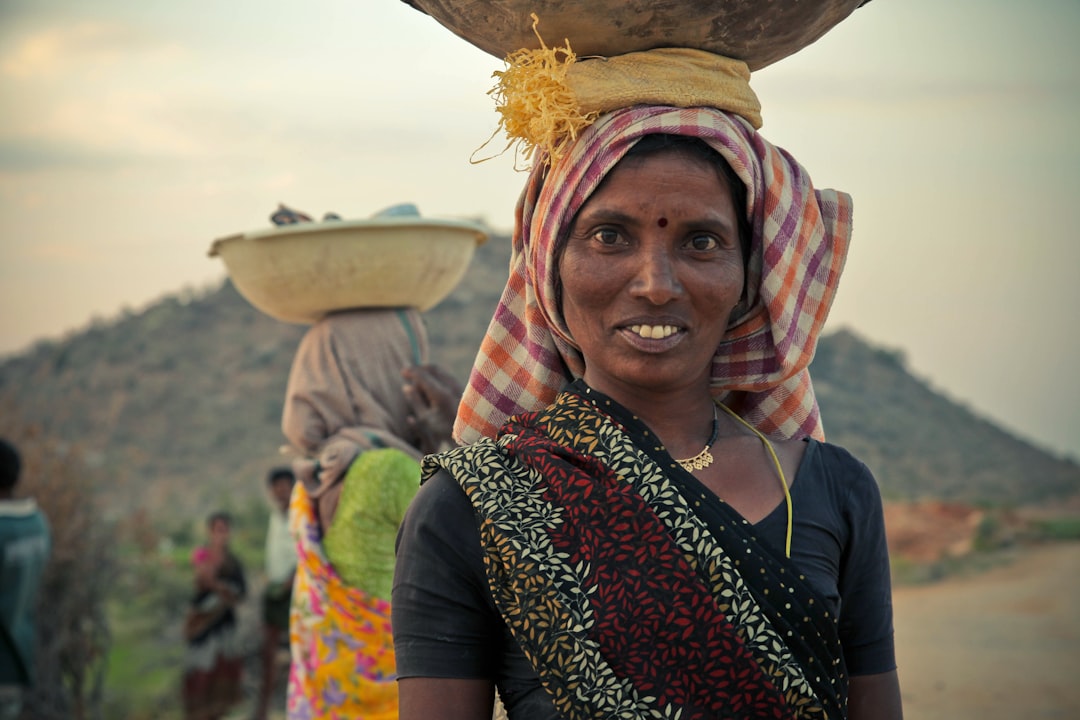What is it about?
The digging, stirring and overturning of soil by conventional ploughing in tillage farming is severely damaging earthworm populations around the world. We found a systematic decline in earthworm populations in soils that are ploughed every year. The deeper the soil is disturbed the more harmful it is for the earthworms. The study also analysed ecological groups of earthworms (namely epigeics, anecics and endogeic) and the most common species separately. According to the findings, the earthworm species most vulnerable to tillage are the larger ‘anecic’ earthworms that create permanent vertical burrows and feed on soil surface residues.
Featured Image
Why is it important?
Our study identifies the conditions under which earthworms respond most to a reduction in tillage intensity. These findings can be translated into advice for farmers in different parts of the world. Switching to reduced tillage practices is a win-win situation for farmers because they save costs and, in return, larger earthworm populations help in soil structure maintenance and nutrient cycling. The larger the populations of these beneficial soil organisms, the more of these beneficial functions a farmer will get – for free.
Perspectives
Writing this article was an epic job since we had to assemble all available primary research results from individual field experiments from the five continents and analysed them together. To do this we have contacted many of the primary authors of those research articles and it was very rewarding to get so many positive feedbacks. Our acknowledgement section is probably the longest we have written in our research lives, but it also shows the great interest that this topic brings worldwide. We hope that readers will find it interesting and maybe exciting and that it will encourage people to look after our agricultural soils a bit more.
Maria J.I. Briones
Universidade de Vigo
Read the Original
This page is a summary of: Conventional tillage decreases the abundance and biomass of earthworms and alters their community structure in a global meta-analysis, Global Change Biology, May 2017, Wiley,
DOI: 10.1111/gcb.13744.
You can read the full text:
Resources
Ploughshares are swords… if you are an earthworm
GSBI blog
Tillage farming damaging earthworm populations
ScienceDaily
Tillage farming damaging earthworm populations, say scientists
Science Magazine
Tillage farming damaging earthworm populations, say scientists
Phys.org - News and Articles
Tillage farming damaging earthworm populations, say scientists
UCD press release
Do not disturb
New Zealand Geographic
Contributors
The following have contributed to this page










